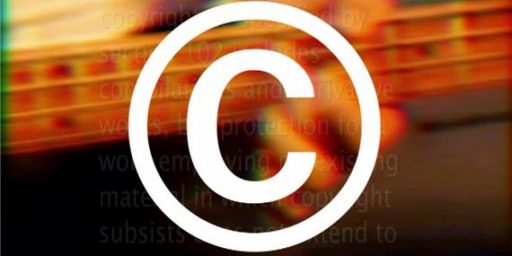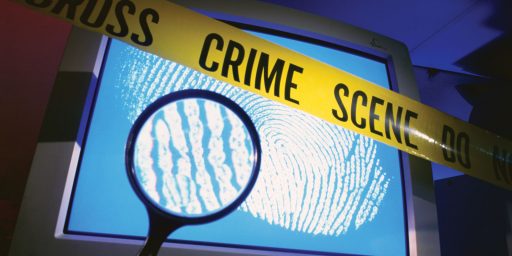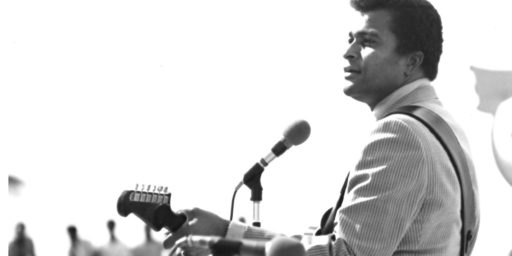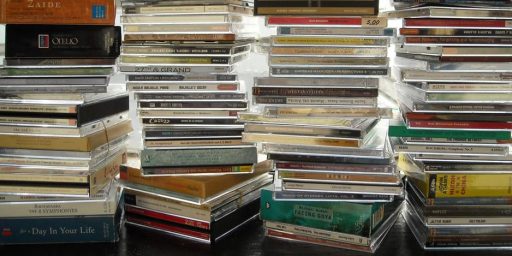Internet2 – Like the Internet, Only Better
The Internet, created by Al Gore for use by academic researchers and the military, has become so swamped by teenagers looking for nude photos of the Olsen Twins that we need a new one. Enter, Internet2.
Internet2 is higher-tech version of regular Internet (USA Today)
More than 400 college students are being sued for allegedly swapping pirated music files over a super-fast computer network called Internet2. The Recording Industry Association of America, the music industry trade group behind the lawsuits, claims that the students have “hijacked” Internet2 and turned it into a tool for massive music piracy. But few people have heard of Internet2. USA TODAY reporter Michelle Kessler explains this other Internet.
What is Internet2? Think of Internet2 as a higher-tech version of the regular Internet. Like “Internet1,” Internet2 connects computers all across the country. But it uses newer, more experimental technology. That can make it less stable than Internet1 — but it’s also about 100 times as fast under typical conditions.
Who gets to use it? More than 200 universities and 60 companies belong to Internet2, as do a handful of organizations and government agencies. To join, members must contribute research toward “developing a better Internet,” says Douglas Van Houweling, CEO of the non-profit group that runs Internet2. It is not open to the public.
Who pays for it? Users pay fees to the non-profit that administers the network. A typical university would pay about $200,000 a year. Government agencies, such as the National Science Foundation, also provide some funding.
Is it connected to the regular Internet? No, it’s a separate network. Internet2 users can only contact other Internet2 users. That’s why all the accused file-swappers are college students.
The original Internet works fine. Why is Internet2 needed? In 1969, the University of California at Los Angeles and Stanford University set up a simple computer network that could send data back and forth between the two campuses. For more than 20 years, academics tinkered with this network and its successors. They used the networks to test computer technology and send research data. In the early 1990s, commercial interest in one of the successor networks, now called the Internet, soared. Web pages popped up, and suddenly it became impractical to tinker with the network for research projects. Scientists wanted their own network again, and in 1996, created Internet2.
Since this thing’s been around nearly a decade, I’m surprised it’s making the news today. But it is.
For more on Internet2, see the Internet2 home page and About Internet2. If this one catches on, Internet3 is sure to follow.






Because the RIAA has started suing students for swapping songs on it, of course.
Oh, boy! I can hardly wait until we have enough individualized internets so that liberals only have to talk to liberals and conservatives to conservatives!
Maybe if we wait just a bit longer, we can each have our private internets, so the echo chamber will be completely effective.
I wonder if the RIAA contributes to the Internet2? And if not, how they’re accessing it to see who is abusing it?